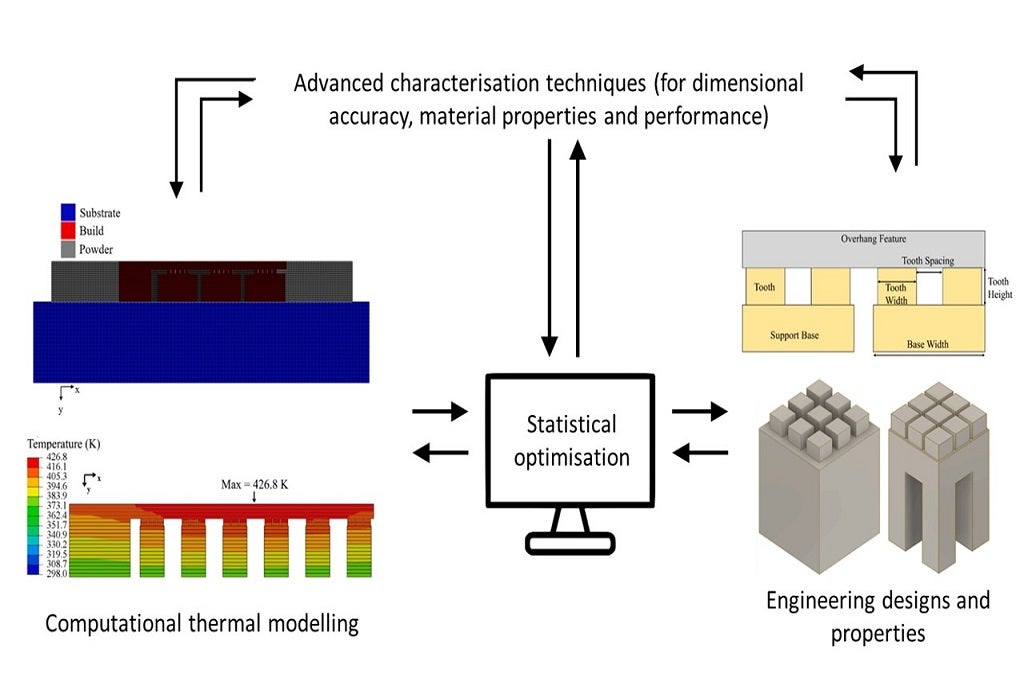ADT-RP1: Development of High Precision Additive Manufacturing for Integrated Complex Molding Applications
Principal Investigator: Assistant Professor Sing Swee Leong, ME
In the industry, conventional joining processes such as welding have been used in the manufacturing of multiple layered components such as antenna slots, antenna feeding, filters, radio, electronics, heat sink and shields. Additive manufacturing, or commonly known as 3D printing, provides opportunities to reduce the needs for such post-process assembly steps. In particular, laser powder bed fusion for metals (PBF-L/M), which is also commercially known as selective laser melting or direct metal laser melting, has been proven to be feasible in fabrication of such components using different alloys. PBF-L/M is touted to provide high resolution and precision for fabrication of complex structures as it employs lasers to fully melt metallic powder layer-by-layer to from the complex parts from digital design models. In theory, the process allows complex features to be fabricated without extensive post processing due to this bottom-up and material consolidation approach. However, in order to truly achieve free form fabrication, PBF-L/M requires the use of support structures.
The research on optimizing the design and use of support structures is still limited. Through this research, multi-stage, multi-objective optimization for the use and design of support structures will be achieved that will impact the feasibility of complex geometry fabrication as well as the final part quality by PBF-L/M.



